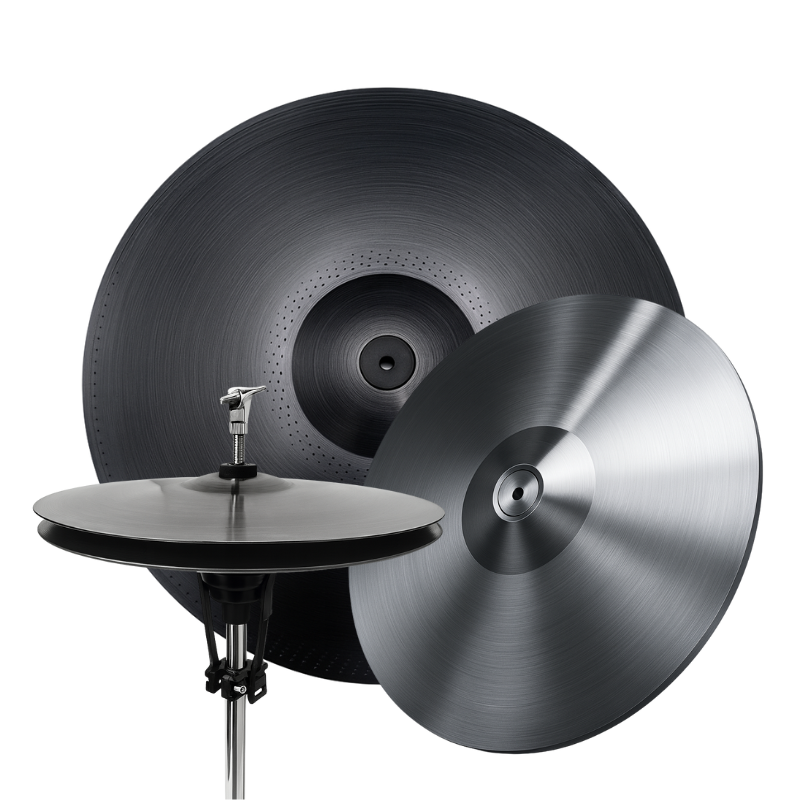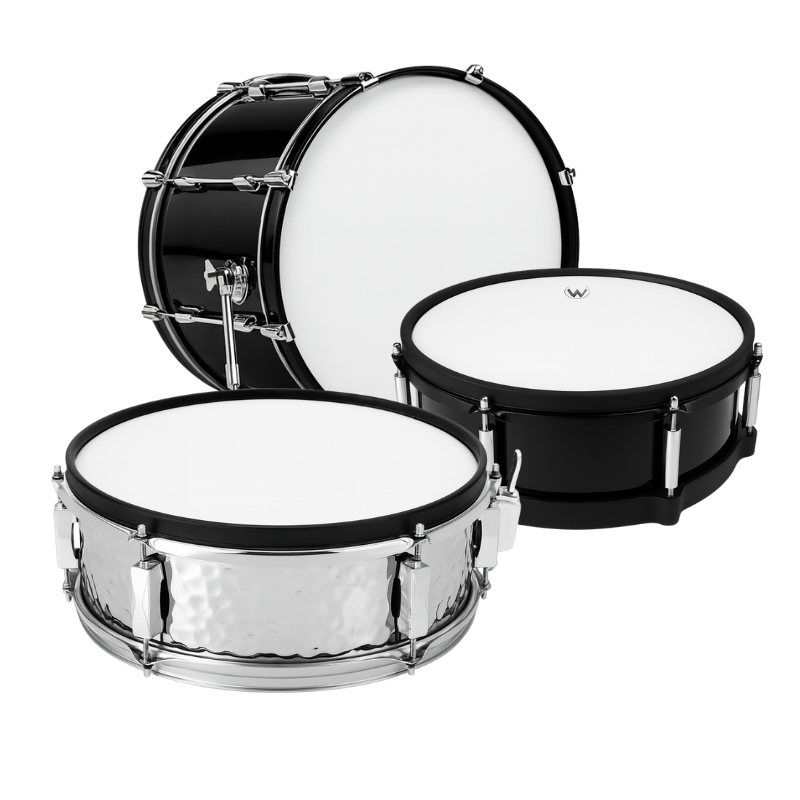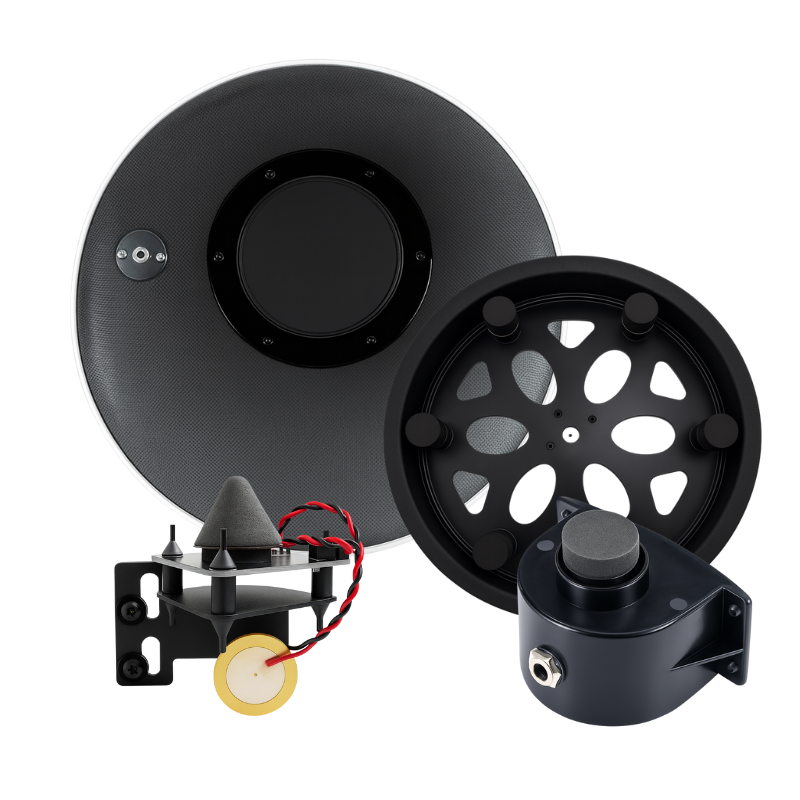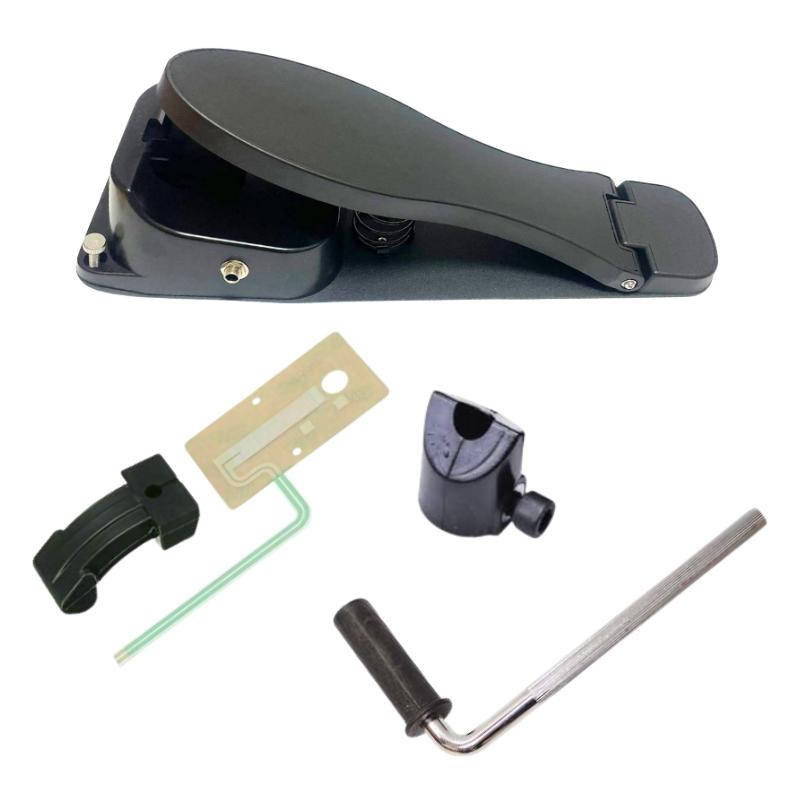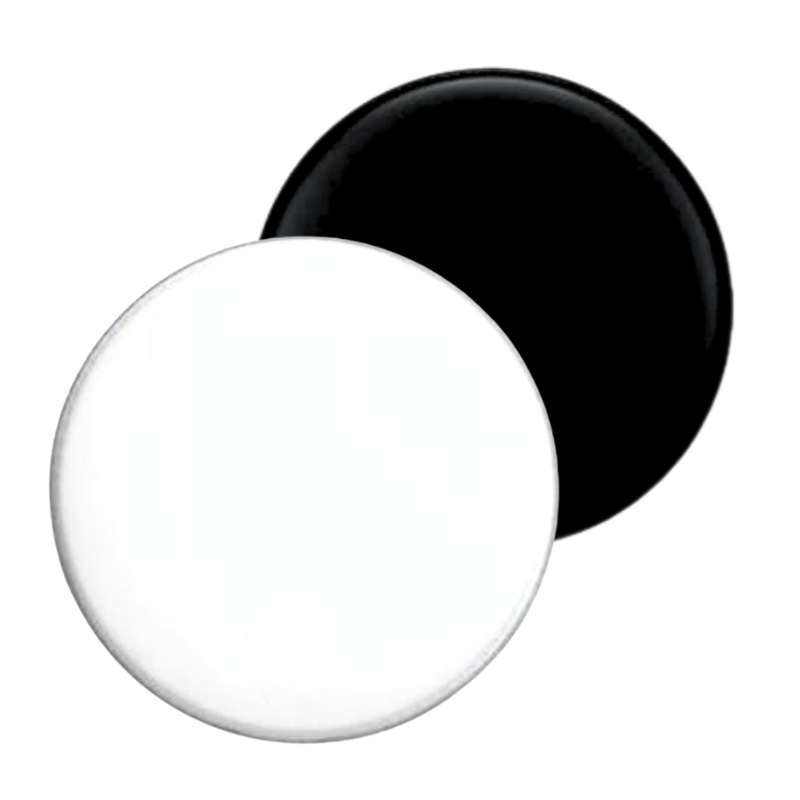
Your Go-To Electronic Drum Shop: Pads, Cymbals, Triggers, Repairs, and Accessories
Share
Electronic drums have grown from niche practice tools into professional instruments used on stage, in studios, and at home. A modern electronic drum shop isn’t just a place to buy a kit; it’s a hub for electronic drum pads, electronic cymbals, mesh heads, trigger plates, hi-hat controllers, spare parts, and repair guidance. This article explains what to look for, how to upgrade, and where to find reliable components that keep your kit responsive, quiet, and gig-ready
—
Complete Electronic Drum Kits vs. Custom Builds
If you’re starting from scratch, browse a curated range of full electronic drum kits that combine mesh-head pads, responsive cymbals, and a feature-rich sound module. A full kit offers plug-and-play simplicity, factory-matched sensitivity, and predictable crosstalk control. Advanced drummers often prefer a custom build, mixing snare and tom electronic pads with premium electronic cymbals and tailored mesh heads for their feel and response. Either way, a good shop helps you compare pad sizes, zone counts, mounting hardware, and module compatibility so you can dial in dynamics from ghost notes to rimshots
—
Electronic Drum Pads: Feel, Zones, and Sensitivity
Electronic drum pads are the heart of your playing experience. Dual-zone or triple-zone pads capture head, rim, and sometimes cross-stick, translating nuanced stick work into accurate MIDI or module responses. Look for sturdy shells, well-seated foam cones, reliable PCBs, and tensionable heads. If you want an acoustic-like rebound with low noise, consider mesh heads in different plies to fine-tune stick response and hot-spot control. A quality electronic drum shop should recommend velocity curves and scan times that suit your playing style and module, ensuring clean dynamics and minimal false triggering
—
Electronic Cymbals: Bow, Edge, Bell, and Choke
Great e-cymbals provide consistent bow and edge detection with reliable choke, plus a defined bell zone on ride models. Anti-rotation hardware helps keep the edge where your muscle memory expects it, while 360° edge triggering maintains even sensitivity around the perimeter. Explore electronic cymbals that match your setup, from compact splashes to expressive triple-zone rides. Ensure your module supports the desired zone layout and choking method, and ask for guidance on calibration to avoid crosstalk between toms and cymbals mounted on the same rack
—
Triggers and Internal Hardware: Stable Tracking Without Hot-Spots
Under the head, the trigger system dictates how evenly the drum reads your strokes. Multi-point trigger plates and well-designed PCBs distribute sensitivity across the head, reducing hot-spots and improving tracking at the edges. If you’re converting an acoustic shell or refreshing an aging pad, shop for high-integrity electronic drum parts such as dual-zone PCBs, edge sensors for cymbals, and replacement harnesses. For kick drums, an integrated mesh-and-sensor solution can tame beater rebound, eliminate double-triggers, and add low mechanical noise essential for apartment practice and clean recordings
—
Hi-Hat Controllers and Foot Feel
Hi-hat expressiveness is a hallmark of professional electronic drum performance. A well-matched controller and top cymbal pair should track openness smoothly from fully closed to fully open, capture foot chicks and splashes, and recalibrate easily in your module. If the pedal feels jumpy or the open/close range drifts, verify pedal mechanics and re-run the calibration routine. When parts wear, the right replacement actuator or sensor plate restores linear response quickly. Your shop should advise on controller types, input wiring, and whether your module expects continuous or switch-type signals
—
Repairing Electronic Drums: Diagnose, Fix, Upgrade
Most “my pad stopped working” moments are solved with methodical troubleshooting. Swap cables, test the pad on a different input, and reset that pad’s settings before opening the shell. If the fault follows the pad, inspect connectors, foam heights, and PCB seating. Upgrades like fresh mesh heads, new piezos, or a sturdier trigger plate often outperform stock parts. A specialized electronic drum parts section should stock piezos, PCBs, rotation stoppers, hi-hat actuators, rubber surfaces, and TRS wiring so you can repair instead of replace. For tuning, use our browser-based Drum Tuner to even out head tension and reduce hot-spots after a head change
—
Practice Tools: Tuners, Metronomes, and Quiet Play
Electronic drums shine for quiet practice, but the right tools elevate your sessions. A precise tuner helps set mesh tension across all lugs so rebound and tracking are consistent from day one. For timing and groove development, try the Groove Keeper Metronome, designed for drummers who need subdivided clicks, accent patterns, and rehearsal-friendly controls. With pads muted to taste and headphones on, you can practice late without disturbing neighbors while still enjoying dynamic control and accurate feel
—
Content, Demos, and Community
Hearing real-world demos accelerates your buying decisions. We post hands-on comparisons, repair walkthroughs, and playthroughs on YouTube so you can evaluate tracking, choke behavior, and velocity response before you buy. Pair those insights with in-stock categories like electronic pads, electronic cymbals, full electronic drum kits, and a deep parts catalog to assemble or upgrade a rig that fits your space, budget, and playing goals
—
Choosing the Right Electronic Drum Shop
Look for a store that understands module settings, not just hardware specs. The best electronic drum shop will help you select pads and cymbals that match your module’s zone logic, advise on sensitivity, scan time, mask, and crosstalk settings, and provide step-by-step repair support. It should stock reliable mesh heads, trigger hardware, cables, and accessories; offer fast answers on compatibility; and publish demos that reflect real tracking rather than heavy post-processing. When everything works together—from electronic pads and electronic cymbals to mesh heads and spare parts—you get a kit that feels musical, records cleanly, and stays quiet where it matters
Whether you’re outfitting a first practice kit or upgrading a stage-ready rig, the right components and knowledge make all the difference. Start with a dependable foundation, pick cymbals that track your touch, keep a few key spare parts on hand, and use tools like the Drum Tuner and Groove Keeper Metronome to maintain consistency. Explore full kits in electronic drums, expand with electronic pads and electronic cymbals, and rely on electronic drum parts for long-term reliability. That’s how you build an electronic drum setup that inspires you to play more, record better, and perform with confidence


